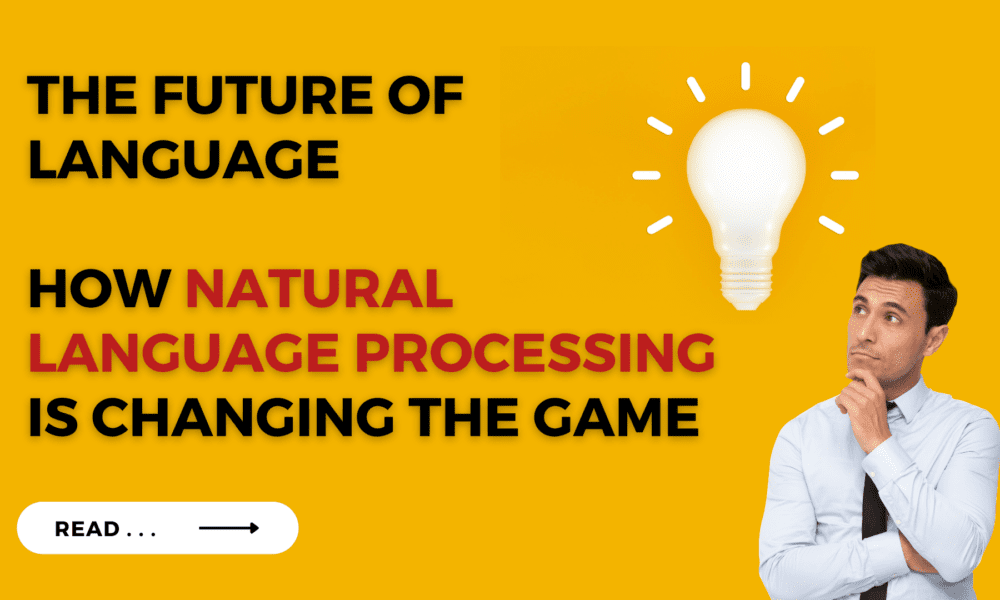The Future of Language: How Natural Language Processing is Changing the Game
Natural Language Processing (NLP) has come a long way since its inception in the 1950s. Today, it’s one of the fastest-growing fields in technology, with a wide range of applications transforming how we communicate and interact with machines. In this article, we will explore the current state of NLP, its evolution over the years, and its likely impact on our future.
Table of contents
1 Introduction to Natural Language Processing
Natural Language Processing is a branch of artificial intelligence that deals with the interaction between computers and human language. It allows machines to understand and interpret human language, enabling them to perform tasks that were once only possible for humans. NLP is the backbone of many popular technologies we use every day, such as chatbots, virtual assistants, and voice recognition systems.
2 The History of Natural Language Processing
NLP has a long and fascinating history, dating back to the 1950s when computer scientist Alan Turing proposed the “Turing Test” as a way to determine a machine’s ability to exhibit intelligent behavior equivalent to or indistinguishable from that of a human. Over the years, NLP has evolved, and significant advances have been made in machine learning, big data, and deep learning.
3 How Natural Language Processing Works
NLP uses complex algorithms to analyze and interpret natural language data. The process involves several stages, including tokenization, part-of-speech tagging, parsing, and semantic analysis. These techniques help machines understand the structure and meaning of human language, enabling them to perform tasks such as sentiment analysis, language translation, and speech recognition.
4 Applications of Natural Language Processing
NLP has a wide range of applications, from improving customer service to automating content creation. Let’s take a closer look at some of the most common applications of NLP.
5 Chatbots and Virtual Assistants
Chatbots and virtual assistants are becoming increasingly popular, with companies using them to improve customer service and engagement. NLP enables these machines to understand and respond to customer queries in real time, providing a personalized experience.
6 Sentiment Analysis
Sentiment analysis is the process of analyzing text data to determine the sentiment or emotion behind it. NLP can help companies understand customer feedback and opinions, enabling them to make data-driven decisions.
7 Content Creation
NLP can also be used to automate content creation, such as writing news articles or product descriptions. By analyzing data and using natural language generation techniques, machines can create high-quality content in a matter of seconds.
8 Language Translation
Language translation is another common application of NLP. By analyzing text data, machines can translate content from one language to another, making communication easier and more accessible.
9 The Future of Natural Language Processing
The future of NLP looks bright, with many exciting developments on the horizon. Here are some of the trends we are likely to see in the coming years.
10 Voice Assistants
Voice assistants are becoming more advanced, with machines using NLP to understand natural language commands and respond appropriately. In the future, we can expect to see voice assistants become even more integrated into our daily lives, with more complex and personalized responses.
11 Personalization
NLP can be used to analyze vast amounts of data and provide personalized recommendations and content. As machines become more advanced, we can expect to see even more personalized experiences across different industries, from healthcare to marketing.
12 Human-like Conversations
Advances in NLP are enabling machines to have more human-like conversations. In the future, we can expect to see machines that can understand the context and respond with empathy, making communication more natural and intuitive.
13 Conclusion
Natural Language Processing is changing the game, enabling machines to understand and interpret human language in ways we never thought possible.








